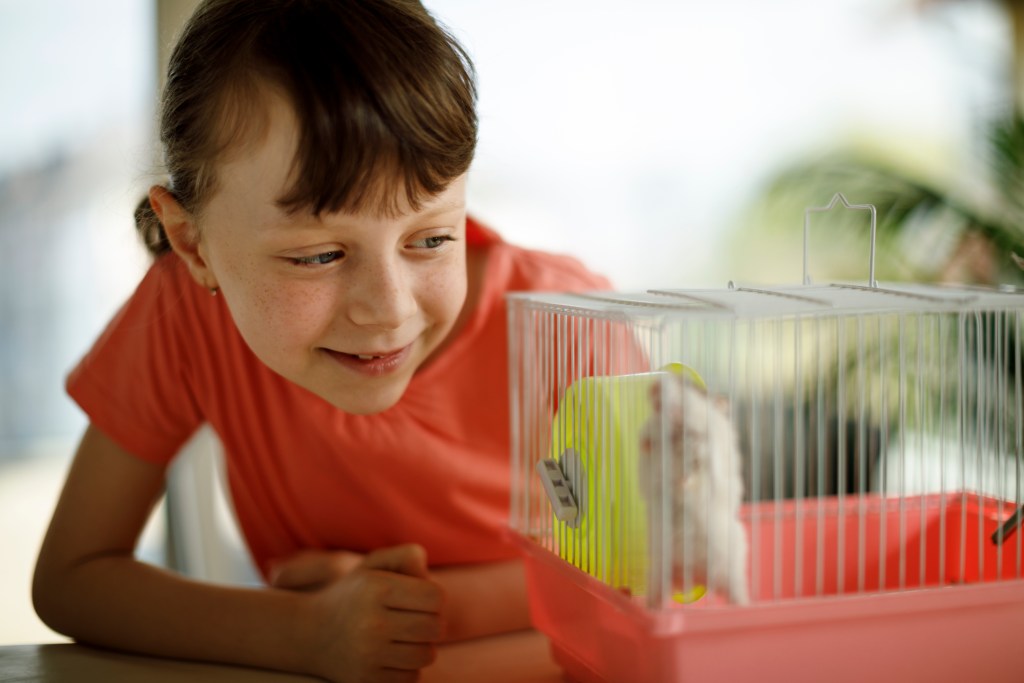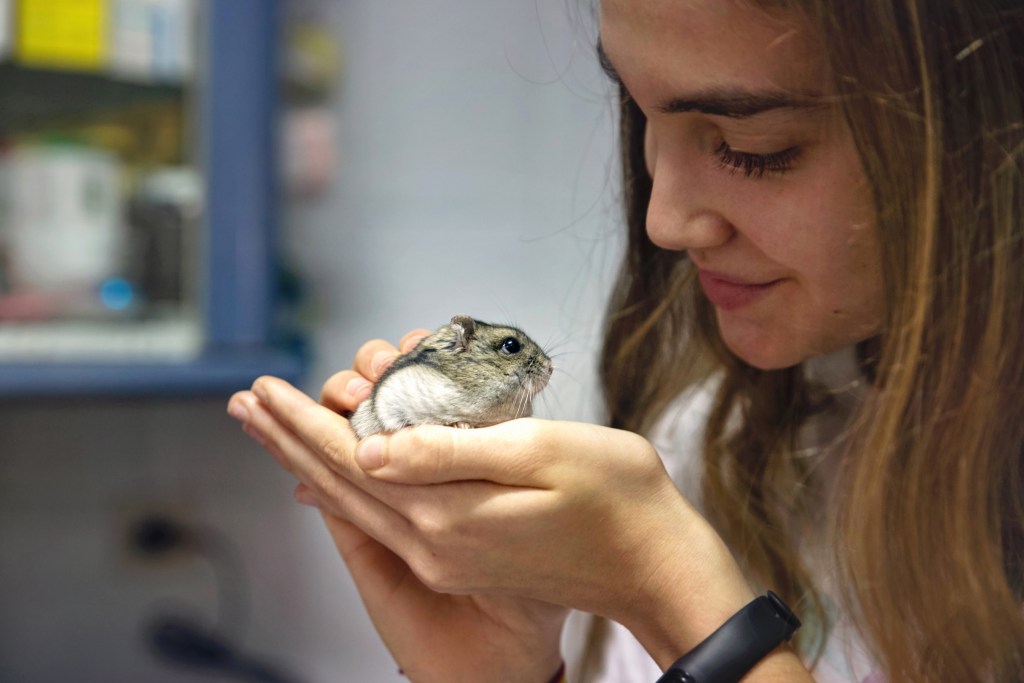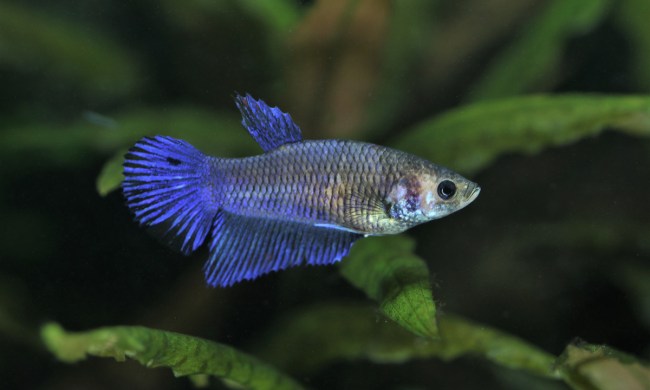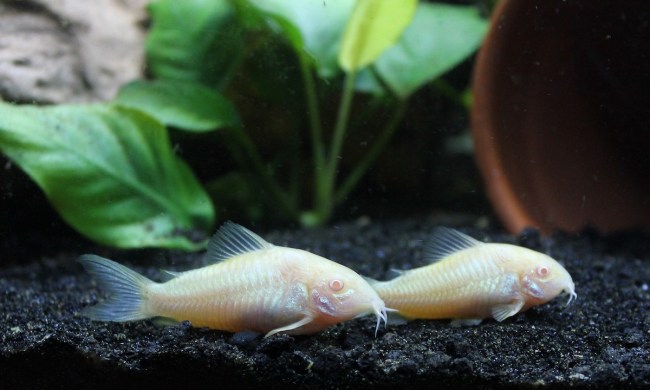The first time your kid asks you for a pet, you might panic. Are they really ready for all that responsibility? Even with a slightly older child, you know a lot of the care will fall to you. For many families, it’s best to start small — literally. Taking in a more manageable animal, such as a hamster, can give you and your offspring a solid foundation for pet ownership and a lovable companion to show off to friends.
While no one should bring home a pet without firmly understanding the work that goes into it (especially the unpleasant parts, like cage cleaning), you can’t argue that your first hamster will be at least slightly less time-consuming than a puppy. Even once you’ve settled on this rodent, there are actually a few different breeds to consider. Think about these factors before choosing your new member of the household to ensure you get the best hamster for kids.

Are hamsters the best pets for kids?
While there are certainly a lot of options for kid-friendly pets, hamsters should absolutely be at the top of the list. Keep in mind that getting them kid-ready means training them. Additionally, you should carefully research your breeder to select a hamster that already has experience with humans. Many hamsters, like other small pets, will bite if they feel startled or scared. Find a hand-raised animal and let him adjust to your home before anyone touches him. Then you (not the tiny humans) should be the first to engage with your new rodent, just in case he nips a few times. Slowly build up goodwill until he enjoys being picked up, carried around, and played with by all.
Which type of hamster is the friendliest?
If you have your eyes set on the snuggliest fuzzball, you’ll likely want to go with the Syrian variety. These are by far the most common breed of pet hamsters, and you’ll see why the second you bring him home. Of course, it always takes time for a new animal companion to warm up to you — everything is new and a lot bigger than he is. Once he settles in though, he’ll enjoy attention and play, with you that is. They really don’t like each other and need to stay in a cage all by themselves. So though we definitely recommend the Syrian hamster as the nicest to bond with, you do need to keep housing restrictions in mind before committing to this pet.

Which hamsters have the best temperament?
Looking to have a couple of hamsters around? Check out the Russian dwarf hamster (which goes by many names). Known for the dark stripe down their backs, you will recognize these as the smaller breed of this pet, measuring only about three or four inches (so half the size of the Syrian). This species will work well for older children, especially because you can get one for each kid and keep them in a cage together. Because they have more sociable personalities, you’ll often find them playing with each other when not engaging with you. Make sure to get a same-sex pair as you do not want a hamster explosion in your living room.
Which hamster is easiest for kids?
You might be tempted to get the smallest dwarf hamster to match your child’s tiny hands. But actually, a littler animal is often more difficult to hold onto (and boy are those Robos slippery). If you have a very small human or find they’re having trouble with fine motor skills, go for the Syrian instead of any dwarf variety. This way, the adults can model gentle petting and careful holding without fear that your hamster might wind up squished. Other than that, all breeds require lots of exercise, daily interaction, and frequent cage cleaning. Make sure your kid is ready for these responsibilities before jumping in.
Choose your pet carefully
There’s a lot to consider when choosing the perfect first pet for your child, but you can weigh a few factors to help you decide. Many kids will prefer a mammal since they can stroke its fur and snuggle it up. But don’t discount reptiles and birds right away as those serve many families well. Remember that hamsters live for about three years, an important note to keep in mind if you’re looking to expand your four-legged family in the near future. Hamsters and dogs or cats rarely mix, so have a plan in place before combining them into one household. Even if the smaller furry friends don’t seem as exciting to you, they’ll be making memories with your little one that lasts forever.



